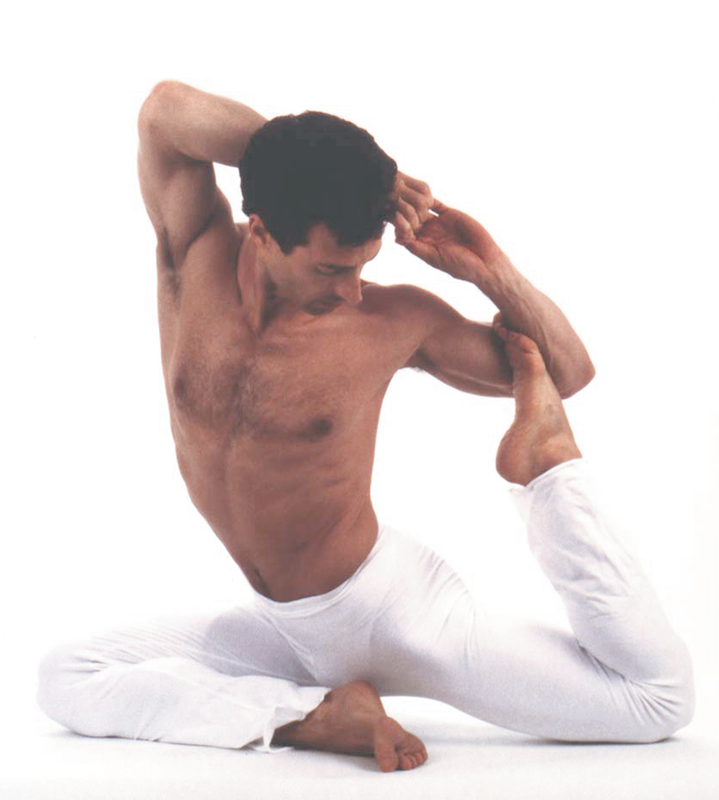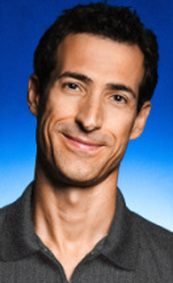It used to be a common misperception that we only used 10% of our brain during daily living. It is now known that we in fact use all (100%) of our brain, meaning that there is activity in all the brain areas. Even when we sleep the organ does not shut off. What is important to note, however, is that we cannot consciously use all of our brain. See, every second the brain is responsible for controlling all the activities and tasks that your body has to do just to function. This includes things like digesting food, filtering the blood, releasing hormones and other chemicals, it also includes adjusting your vision from close range to far, or habitual actions like breathing. Using electrical signals, the brain controls all the other organs in the body, and also all the muscles of your body through the central nervous system. Thankfully, most of that activity happens automatically so we don’t have to consciously tell our bodies to do the millions of things it has to do so we function properly. As we grow from an infant to adult, the brain also learns how to accomplish many day to day movements in an automatic way. These learned motor functions include standing, walking, sitting or rising from sitting, speaking, writing, throwing, driving, etc. These are complex movements that involve coordinating or synchronizing multiple muscle groups together and they take time to practice. Once learned however, we start to perform them unconsciously and can fairly quickly “walk and chew gum” at the same time. Again, the brain is still controlling these movements, but on an unconscious level so we can consciously think about other things – multi-task if you will.
So, we know the brain is being used fully all the time, but how will stretching help me be smarter? The brain functions like an electric circuit. The signals it receives and sends are little electric charges that travel from the brain to the area of the body via the nervous system. Your body’s muscular system is basically a system of pulleys and levers that work together with gravity or against it to position itself and move. One side of your body has to evenly oppose the other side of the body for you to be in ideal alignment. In anatomical terms, we have muscles that function as either agonists or antagonists for different movements. If you have a tight muscle on one side of your body, it will pull on the opposing muscles and create an imbalance in your muscular system. Your brain senses the tight muscle and receives signals from the nerves that attach to that muscle. It then sends signals to the opposing muscle to resist the force so you don’t lose your functional balance. The circuitry of the brain is working overtime for this, and if you are feeling the tightness, it’s not just affecting your unconscious brain, it is also occupying your conscious as well. If you accept the notion that your brain is being used 100% all the time, than that means that there isn’t room to optimally perform tasks at 100% efficiency, while also regulating imbalances in your muscular system. So, having an excessively tight area in your body will prevent your body and your brain from operating at their best. The mind and the body are integrally connected.
Here’s another way to look at it. When we are performing whole body coordinated movement either continuously as in running or swimming, or in a series of connected movements like playing tennis or basketball, we have to rely on our unconscious brain to handle most of the activity in the body that allows this high degree of function. Reflexes and muscle memory take over so we can think instead of concepts like pace, rhythm, or competitive strategies. When we are in our zone, we can even let go of directing our limbs and just feel the moment and let our mind think of completely unrelated thoughts. In the book Spark by John J. Ratey, MD, he points to many studies that show a clear link between exercise (aerobic) and brain functionality. Basically, by exercising, we help keep the brain centers active and growing. When we stretch our muscles, we are taking time to listen to our body, to notice how it feels and moves. This enhances the mind/body connection which makes your smarter.
One last perspective on the subject: In our lifetime we will expend a great deal of energy both physically and mentally just by living. Just like in society with regards to our environment, we want to expend our energy wisely and efficiently. If we have tightness that goes unaddressed in the body, it will require us to use more energy in both the body and the brain to function. The first time I started to stretch, I couldn’t believe how much effort it took. After just a few minutes stretching, I was sweating like I’d been running in the desert. It exhausted me. The next time however, it was still hard, but I wasn’t exhausted afterward anymore. Instead I started to feel more energy. I didn’t understand why, but I felt as if I had taken an energy drink. Now, it all makes sense to me. My body was wasting a lot of energy on the tight muscles in my legs and back. Once I loosened those areas up by stretching, all that energy was now available to me for other activities. It is a good thing I started dancing professionally so I had an outlet for all that energy, otherwise …. I might have started jumping off of roofs or something. If you have never really stretched to change your flexibility, you won’t understand what I’m talking about. But, if you decide to start you will quickly see what I mean.



 RSS Feed
RSS Feed
